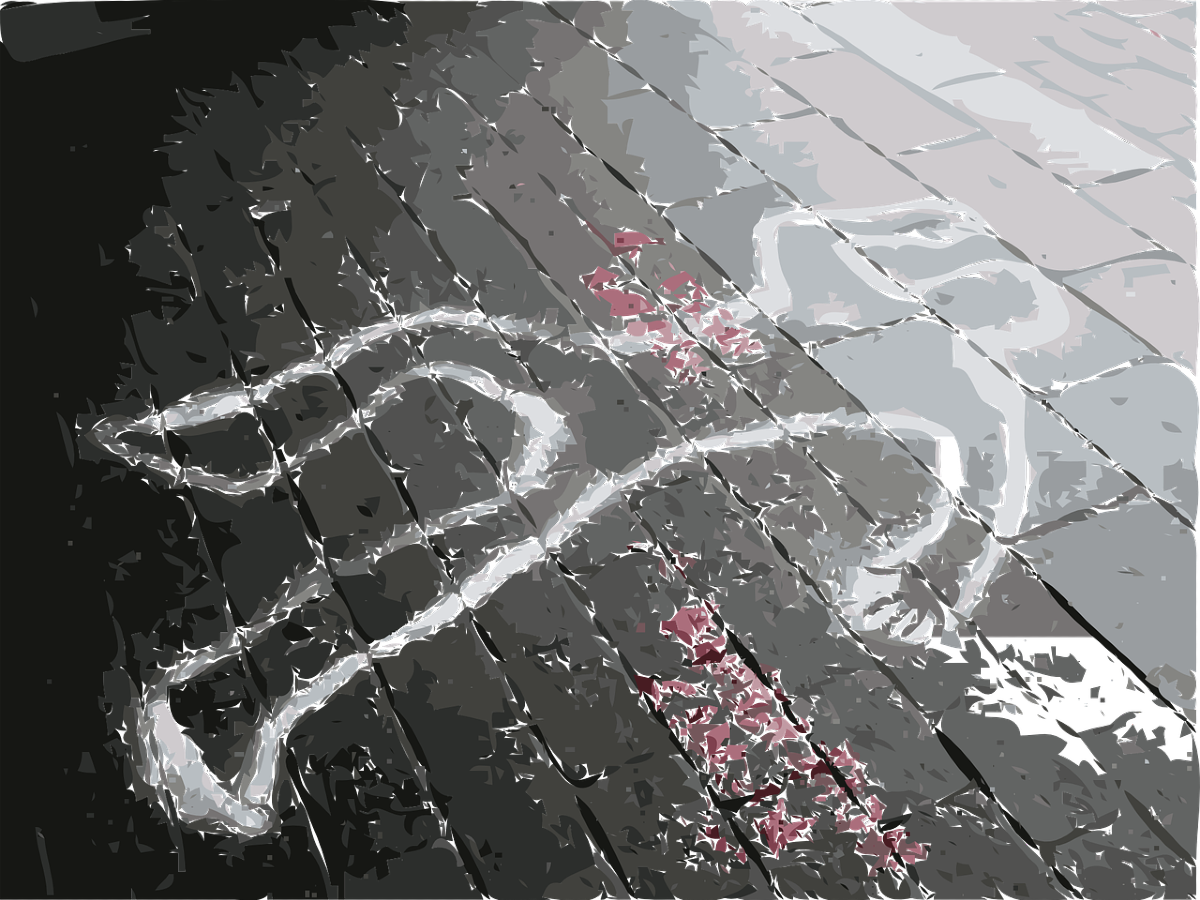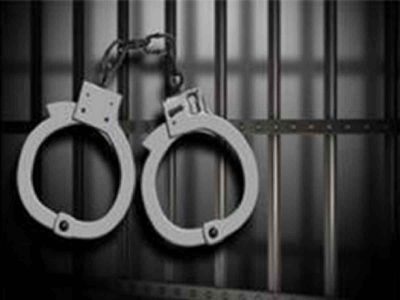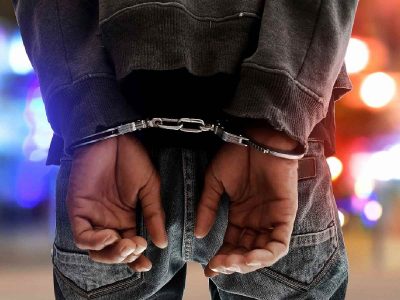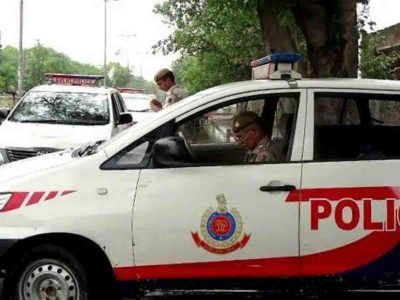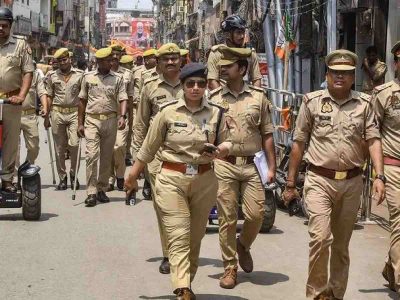Cases of mutilation of bodies are not rare in India. The cause could be many – accidental, heinous murder or mauled by an animal.
After a homicide, the killer often dismembers or mutilates the body to conceal the identity or to dispose of it without being noticed. Even if the accused are arrested, foolproof identification of the deceased is needed. Not only do police officials and the forensic team have their task cut out for them, but media and photographers often pitch in.
There is a standard operating procedure (SOP) but every case is different, and the mystery to solve gets darker and darker.
Seal the spot
As soon as the information is received by the police and officials arrive at the crime spot, the area is cordoned off to prevent further contamination of the evidential material.
“When police reach the spot of crime, they develop a parameter – for example, 10m, 20m, 30m, depending on what is recovered and the crime scene as a whole. The idea is to avoid contamination of the crime spot. By the time a body is found and the police reach the spot, some contamination is already done. So, sealing the spot is necessary to prevent any further contamination,” says SHO Burari.
After the area is sealed off and a parameter is drawn, an ambulance, forensic team, photographers and a hearse van are called by the police. “Also, when a body is collected or its parts are picked up, our effort remains to respect the dignity of the dead, especially if that belongs to a woman,” he says.
Also read: A treacherous capital: Violence against Queer community continue blatantly
Besides sealing the spot, a scene of crime has to be sanitized. “Whether it is accidental or a murder, in any number of cases, criminals tend to be smart and try to eliminate evidence and chop the body into parts and throw them in different areas. So that evidence is destroyed and there can be no conviction. Therefore, there is a different dimension to unclaimed bodies, which we call in North India as lavaris laash (unidentified body),” says Vikram Singh, former DGP, UP Police.
Panchnama or Inquest
“The first step after cordoning off is the preparation of the Panchnama (Inquest) by the Investigating Officer (IO). This is a crucial document that bears all minute to significant details of the corpse, in whatever condition it is found,” the SHO says.
The Panchanama has to be done in accordance with Section 174 of the CrPC, when any person dies under any suspicious circumstances, i.e. suicide, murder, accident etc. In this Panchanama, the details of how the dead body was lying and descriptions of any mark of injuries found on the person of the deceased, apparent cause of death or by what weapon or instrument such marks appear to have been inflicted are to be mentioned. This Panchanama helps to find out whether at the first sight of dead body it can be gathered that cause of death is unnatural.
Police must determine an approximate time because that is crucial to reconstruct the crime scene. “Is it 24 hours? Less than 24 hours or over 24 hours? Is it decomposing or is it a freshly killed body,” Singh says.
“The cop prepares a memo – what is the position of the body in terms of north-south-east-west. All kinds of descriptions are taken down and photographed. The IO is supposed to physically go and collect all these details such as nails, hair strands, any weapon, etc. After the Panchnama is prepared, it is signed by five witnesses. The Inquest is sent to Headquarters,” the SHO relates.
All evidence is collected, marked, photographed and videographed. “We touch the body only after all the first round of evidential materials are taken down and recorded in word and photo manner. Only then a body is touched. Officials wear gloves and also cover their feet before getting down to touch the body gently with the forensic team to avoid any amount of contamination,” he says.
Prima facie injury marks
After the statement of the complainant is recorded, statement of the witnesses and a copy of the FIR taken out, police create a sight map of the scene of crime – all this is under section 161 of the CrPC. “When all this is done, photographic evidence comes. In many cases, photo evidence comes very handy. There are cases when bodies are exhumed, so visuals are recorded at the time of digging out. These photos help us study the body for injury marks,” the former DGP says.
Also read: Rohini Ashram still running despite suspicious activities
To determine injury marks, SHO Burari explains, “We take down the details of the clothes. Are they torn from any part, if yes, then what kind of tear it is. We search the pockets and preserve whatever is available like travel tickets of bus, train, etc, or cinema slips and look for government ID.”
“Then, we minutely check the body for injury marks and try to understand the kind of wounds. Is it a stab wound, how deep is the injury and how old? Are there strangulation marks? What body parts are cut up and how! These are all prima facie and done prior to post-mortem,” he adds.
“Preliminary assessment of age based on the appearance of the body is done. A rough height is estimated and we look for permanent marks and clothes that are available. Another important part of preliminary assessment is that of class of the victim. We try to understand whether the person belonged to the poor and marginalized strata of society or the rich and upper class based on the texture of the skin or looks,” SHO Burari says.

(Photo: Pixabay)
Further, the kind of injury once determined, helps in identification of the deceased in the process of investigation. “For example, if a dismembered body is found dissolved in an acid tub, after following the standard procedure of sanitising, collecting whatever is left of the corpse, etc. police officials form teams who then begin to visit every shop that sells acid and interrogate shopkeepers to look for any person who purchased it in bulk. Once we get information about that, it helps us nab the culprit and then automatically the victim identification is also revealed,” Singh says.
Diabolical murder
Usually, bodies that are chopped into pieces “require the most attention” and “investigative skills”.
“When a murder is orchestrated and well planned to eliminate crucial elements of identity and evidence is known as a diabolical murder. Say a person is killed and then hacked into 20 pieces in Meerut. Five thrown into a river, five into a well, five stuffed in a suitcase inside a train and five parceled by bus to Uttarakhand. So, that is a very schemed and well-planned murders. In such a case, it requires joint action of multiple state police. One needs skill to piece them together,” former DGP UP says.
“Nowadays, criminals get a lot of insight into heinous activities by watching a lot of crime thrillers. They try to imitate the process, but sooner or later, they are caught,” he adds.
Intriguing case
Recently, a woman’s disfigured body was found inside a drain in Burari, North Delhi, stuffed in a sack. Then began the tough procedure of identification. “After initial examination of the body, we didn’t find any injury marks. But then we found a single nylon fibre between the folds in the neck region,” the SHO says.
The nylon fibre was sent for forensic study and the cause of death was found to be strangulation. “We could do this based on the principle of exchange of material. During strangulation, she was suffocated with a pink nylon rope which came in contact with the skin and pierced into it, leaving a fibre in her deep tissue in the neck,” he says.
The next task was identification of the body. “We found two names in her tattoo – Anuradha and Manoj (names changed). We tried to establish the relationship based on the tattoo. Anuradha and Manoj could be her children’s names or her parents or it could be her husband or boyfriend’s name. After rounds of trial and error, we found information that one Manoj had filed a missing report for his wife in a police station, 40 km from Delhi’s Burari. She was then identified as Anuradha, wife of Manoj,” he says.
News flash
After all the details are recorded, they are flashed across television screens and sent to all districts of the country and the National Crime Record Bureau along with the photographs for information. “Sometimes a person may be from Uttar Pradesh, but died in Tamil Nadu so the deceased will not be known locally. Hence, notifying every district is necessary,” says ex-CISF DG OP Singh.
“Another method includes the Ishtehaar-shore-goba (hue and cry notice) which means to loudly announce about the murder at the locality where the body is found. And our preferable and more effective medium of news is newspapers,” SHO Burari says.
The details of the body are sent to all government agencies such as Income Tax, Aadhaar, Voter ID, bank to find records. “Only when nothing is found do we call the body lavaris laash or unclaimed body,” he says.
“Missing person’s reports are key to identification. When every district police station receives information of a dead body found in any corner of the state or country, its job is to match the details with every missing report. Based on this, we try to identify the dead body. On the basis of the disappearance of a person and the details of the clothes that they were wearing, piece whatever evidence you are getting in the body parts etc.and then profiling is done,” the former UP Police DGP says.
Forensic exam
From the scene of crime, everything is collected, recorded and sent to forensics. “All necessary ingredients such as nails, hair strands, body fluids, including faeces or vomit, are all collected from the crime spot and sent to the forensic department,” says former UP police DGP Singh.
“Everything that belongs to and is a part of the body gives a fair mirror to the identity of the person, including vomit and faeces. They also give clues to whether the deceased was intoxicated with anything,” he adds.
Ex-CISF top cop OP Singh delves into the significance of DNA, citing the example of the 2004 tsunami. “When catastrophe hit us, countless tourists from Indonesia died on the Indian coastline. To identify each body, mass DNA profiling is done and everything is done until it is claimed. However, even now a few are unclaimed,” he says.
Elucidating the elaborate process of forensics, Dr BM Mishra begins, “Mangled bodies are of two types: single and group. Usually in murder cases, it comes under Single category, but in accident cases, multiple such bodies are found so it’s called Group. In case the head is crushed or cut off (accident or murder), we examine the muscles, bones, marrow, tissues and blood. Each body has a unique denture that also leads to identification. But, yes, in case of crushed heads, dentures are also gone.”
Every part of the body has information and each segment has thousands of clues. “We take segments as we receive in case of dismembered bodies. If we receive the trunk of the body, then we study that. Our examination also depends on the concern of the police. In case, there is sexual assault before murder, then we localise he gentalia and determine the tears and take vaginal swabs,” says Mishra, the head of the department of forensic in Deen Dayal Upadhyay Hospital.
The first stage is identification and the last is muscle or DNA grouping. Another crucial part of investigation is the “complicated process” to determine the time and date of the crime. “It is easy when the dead body is two days old. But the older it is, the difficulty increases. It is a process that goes on for days. We try to determine the temperature of the body. A body begins to cool by about 1-2 degrees every hour. Eventually, the body’s temperature will equal the room’s ambient temperature. Certain factors, such as alcohol consumption, can interfere with a deceased body’s cooling process. Toxicology reports can determine if alcohol was in the person’s bloodstream at the time of death,” he says.
Further, by examining these bodily systems, one can determine when a person ate his or her last meal, “based on how far the meal’s contents traveled through the digestive system”.
“After death, the state of a body’s eyes begins to change. Immediately after death, the pupils begin to dilate and no longer respond to light. As more time passes by, eyes begin to contract, and the fluid in a body’s eyes begins to dry up. In some cases, a body’s irises also change shape. Without blood flowing to the skin, its condition undergoes several changes. These include becoming more white, losing elasticity, and having lips dry out. In the case of a body that was submerged in water, the skin dissolves at a predictable rate,” he says.

(Photo: Pixabay)
Recent deaths are often accompanied by blood pooling. This is because the blood pools due to a lack of circulation. Blood pooling is “especially common if the body was found in an unusual position”.
Then comes rigor mortis, which is essentially when muscles begin to stiffen and contract. In “This process can begin as soon as 15 minutes after death. But usually, it starts from three hours and ends in three days,” he says.
After rigor mortis comes the degree of decomposition. “If a body starts to decompose, we determine the state and degree of decomposition. Observing the body’s state of decomposition, including the state of the skin, bones and organs, aids a forensic expert witness in determining when the person died,” Dr Mishra says.
In forensics, there is no start to finish, whichever part of the body one reaches, a fresh start begins there, Dr Mishra concludes.
Disposal and rituals
When the police receive no information on the identity of a corpse, they wait for a period of 10 days before disposed of it. “We initially wait for 48 hours, then the waiting time is extending by 24 hours. If the body is claimed, we hand it over to the family, if not, we dispose of it ourselves, following elaborate religious rituals,” says former CISF DG.
“We try to identify the religion of the body based on known methods. The responsibility to dispose of a dead body is on the local police. The government gives a miniscule amount for it so mostly the expense of the task is borne by the cops themselves. The money that is spent for disposing of an unidentified dead body is called ‘Impress money’ and is supposed to be reimbursed by the state from its treasury,” he says.
“In almost all the places, there are NGOs working for the cause. When I was the SHO in Allahabad, a wealthy Muslim man came forward to perform the burial Muslim unidentified bodies for the police officials. So there are people like that,” he adds.
Regarding identifying the religion, he says, “For Muslim males, it’s easier than Christian or Hindu bodies. Yes, some circumsized men are not Muslim, but that’s a chance we have to take. However, in the case of women of all religions, we depend on the kind of clothes, tattoos, nose piercing, any religious accessories or mark. Yes, some men are circumsized, but are not Muslim, but that’s a chance we have to take. Then we do the rituals accordingly and bury or cremate them,” he says.
Additionally, SHO Burari informs that the police also go by the majority-minority ratio of a place. “If a place if Hindu majority, then eight out of 10 bodies could be Hindus and vice versa unless there is communal angle. Then, we respectfully cremate or bury the dead body,” he says.
Follow us on:
Instagram: instagram.com/thepatriot_in/
Twitter: twitter.com/Patriot_Delhi
Facebook: facebook.com/Thepatriotnewsindia

